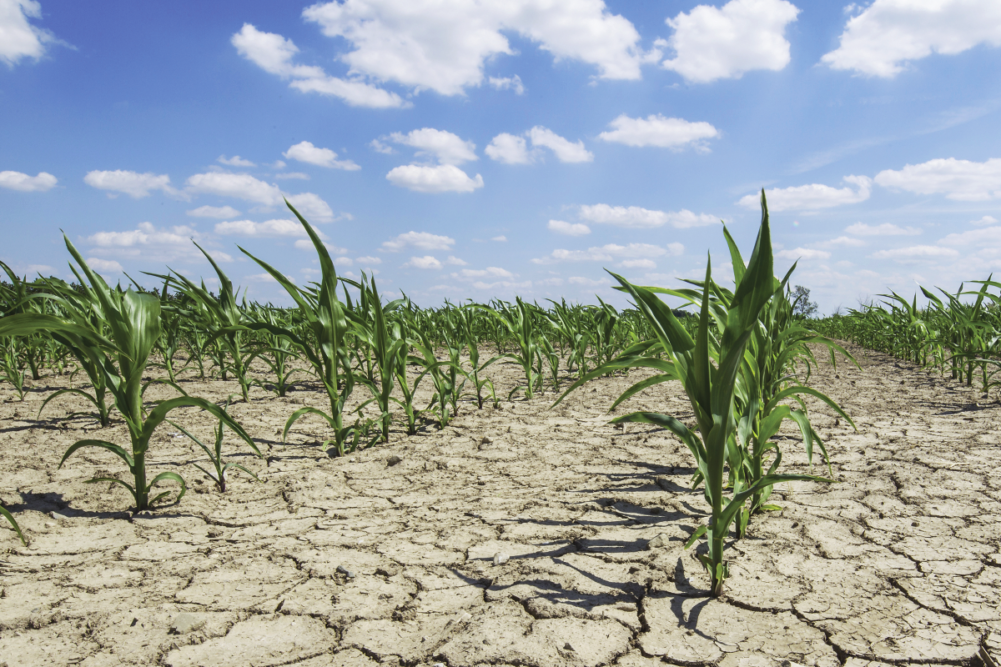Serious drought was enhanced by blistering heat at times in June from the western United States into western Canada. Reports of dwindling water supply and fears of extreme water shortages made headlines along with never-before-seen temperatures of up to 118 degrees Fahrenheit in the US Pacific Northwest. The concerns are real, and now that evidence is beginning to rise over the potential return of La Niña late this year, those concerns are likely to be perpetuated into 2022.
World Weather, Inc. is convinced that we are moving into a period of multiple dry years in North America that will present hardship that some farmers and consumers have not had to deal with in decades, and for some folks their entire lifetime. There is increasing evidence that the same mechanisms responsible for multiple dry years in the 1980s, 1950s, 1930s, the early 1900s and a couple of times in the 1800s are coming together once again.
The current drought encompassing much of western North America is the perfect seedling to troubles that will continue in 2022. Some computer forecast models are now suggesting La Niña will return late this year. If that happens, World Weather, Inc. believes it may last for a much longer period than that which occurred last year. The evolution of La Niña will be occurring simultaneously with the negative phase of Pacific Decadal Oscillation (PDO), and both will be occurring in a 22-year solar cycle that has promoted more significant droughts in North America than at other times in the solar cycle.
PDO is an ocean temperature phenomenon that tends to have great influence on North American weather, especially in the summer. The PDO has a negative phase and a positive phase. The negative phase includes cooler-than-usual ocean temperatures off the Pacific US coast with warm water relative to normal over the central North Pacific. The negative phase of PDO tends to produce a deep trough of low pressure over the western United States during the summer, which forces a summertime ridge of high pressure to the east, resulting in some excessive heat and dryness in parts of the Midwest instead of favoring the Great Plains in other years.
La Niña creates multiple problems. First, the winter tends to be drier than usual across the southern United States. That would not bode well for California, the southern Rocky Mountain region and northern Mexico, which are hoping for a breakdown in drought conditions during the coming summer and winter. Summer rainfall in these areas may be close to normal but if La Niña evolves, winter precipitation could be significantly lighter than usual — like last winter. La Niña also tends to produce below-average precipitation and warmer-than-usual temperatures in the US Plains and western Corn and Soybean Belt during the winter and spring. If this summer ends drier than usual in the western Corn Belt and Plains and is followed by La Niña during the winter and spring, there may be a greater moisture deficit to deal with at the beginning of the 2022 growing season.
La Niña summers tend to have less rainfall and warmer temperatures relative to other years. Recent summer weather trends have generated higher-than-average rainfall in the Midwest, making a La Niña event less threatening since rainfall might be more seasonable. However, when adding in the potential bias that comes from the negative phase of PDO, the below-average precipitation bias and warmer-than-usual temperatures next summer could prove quite threatening, especially with dryness already built into the soil from this year’s drier finish to the growing season.
Solar cycle impact
The coup de grace of all of this is that the combination of La Niña, negative PDO and lingering dryness from 2021 will occur while moving from the solar minimum of sunspot numbers and closer to the sunspot maximum. This position in the solar cycle traditionally has been a drier biased period for portions of US crop areas. There seems to be a 22-year cycle in the solar cycle that promotes more notable bouts of dryness over multiple years in this part of the solar cycle.
The occurrence of this 22-year solar cycle simultaneously with La Niña, negative PDO and previous dryness raises the potential for not only dryness in late 2021 and 2022, but perhaps it will linger or occur again in 2023 or 2024.
This same relationship seems to also dictate dryness in parts of Russia, and a close watch on that part of the world is warranted over the next few years as well. In the meantime, it is important to note that while the United States has had multiple wet years recently, the Canadian Prairies have seen multiple years of dryness already with this year being the fourth in a row of drought in some areas of Saskatchewan, southern Alberta and Manitoba. The western and north-central US are just beginning to be impacted, with 2021 being the first year of such conditions.
Confidence is rising that this will not be the only drought year in the United States and a larger part of the nation could be impacted in 2022 if La Niña evolves as suggested and PDO stays in its negative phase of development.






